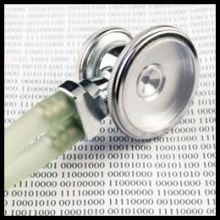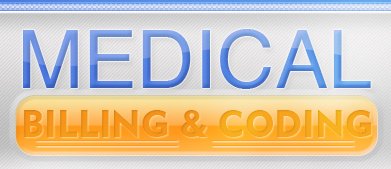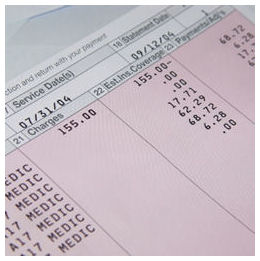Medical CodesMedical Codes are sets of numbers that take the place of written words in a patient's medical record. These numbers are assigned and populated into a claim form prior to submitting the medical claim to the insurance company.
Each number set has a pre-assigned meaning and is listed in one of three coding books. The CPT book contains codes that are use to describe procedures rendered by a physician. These codes are five digits and numeric in nature. The ICD-9-CM contains codes that are used to describe the patient's purpose for a medical encounter. These codes include descriptions for diagnosis, signs, symptoms, accidents, illnesses, injuries, diseases, and conditions. The ICD-9 codes are three to five digits in length and can either be numeric or alpha-numeric in nature. The HCPCS book contains codes that are used to describe medical supplies and equipment that are used in a patient's treatment. These codes are five digits in length and are alpha-numeric in nature. Each book contains an alphabetic index and a tabular portion. The word selected from the patient's medical record is looked up in the alphabetic index where a specific code is assigned beside it. The medical coder will then look the assigned code up in the tabular portion of the coding book. The tabular portion of the book will give an in depth explanation of the assigned code along with coding guidelines to go by when using this particular code set.
Coding ScenarioJoe comes into the ER with a laceration on his back. He states he was on vacation at a mountain resort when he was charged and gored by a horned goat.The ER physician took a problem focused history and exam of the patient and medical decision making was straight forward. The physician sutured up the 2CM laceration on the patient's back, gave him Vicodin for pain, and then discharged him. Scenario AnswersCPT :99281 - This code pays the physician for his time and expertise in evaluating the patient's situation and making a treatment plan. This particular code describes the type of history and exam as being problem focused and the medical decision making being straightforward. 12001 - This code pays the physician for suturing up the patient's laceration. The particular code describes the length, depth, and location of the laceration ICD-9-CM : 876.0 - This code describes that the patient has a laceration and that it is located on his back. E906.8 - This code explains that the patient was injured by an animal goring him. E849.4 - This code explains the patient was injured at a mountain resort HCPCS : A4550 - This code is used to describe the surgical tray that was used by the physician to suture the patient's laceration.

Why Use Codes?Using medical codes in place of a written records is done for several reasones.
|
Recognizing CodesLearning medical codes can be confusing at first. By following a few simple rules codes can be recognized on site.~ ICD-9 codes are 3-5 digits in length and is the only code with a decimal point. ~ HCPCS codes are five digits long, start with a letter, and end with four numbers. ~ CPT code are five digits long and are all numeric. ICD-10 Medical CodesICD-10-CM codes will be replacing the ICD-9-CM codes October 1, 2013.These codes are all alphanumeric in nature and can be up to seven digits in length. The ICD-10-CM also brings more than 125,000 additional codes.....(more)
Coding BooksMedical codes are referenced in three medical coding books.Those who learn how to use these books are known as medical coders. Medical coders can gain nationally recognized certification as a Certified Professional Coder (CPC) or a Certified Coding Specialist (CCS) through the AAPC or AHIMA..... (more) |
|
|
RSS information

Enjoy This Site?
Then why not use the button below and add us to your favorite bookmarking service? |
||
|
| ||


 Codes come from three medical coding books:
Codes come from three medical coding books: